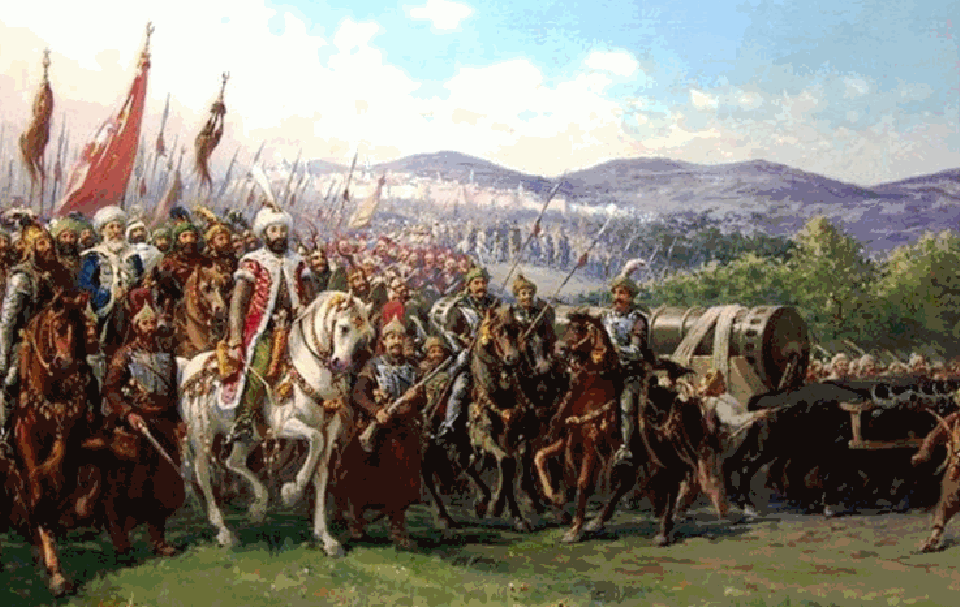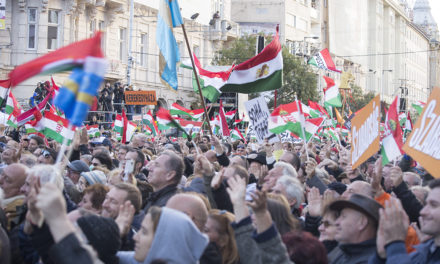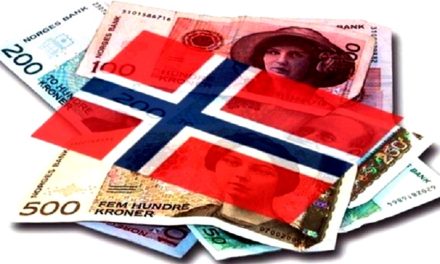What were the great turning points in our history, which are connected to each of the great battles of our people's existence, rise, and destruction? The first Battle of Bratislava, which took place in 907, was the triumph of the settlement of Árpád's people in the Carpathian Basin and the recapture of the Hungarians.
The second is 1241/1242. Mongol invasion in 1950, which, although it entailed great losses, but for the second founder of the country, IV. Thanks to Béla, the foundations of a strong Hungarian Kingdom were reestablished. The third is the Battle of Mohács in 1526, which, like the previous two, aimed to exterminate our people.
We must mention a personality who was not European, but who had a lasting impact on the history of Europe and, among other things, on the fate of the Hungarian people, Sultan Szulejmán Nagy (1520-1566).
Unlike his predecessor, Sultan Selim, Suleiman cast his net in the European territories. It is true that his predecessors had already thoroughly participated in the world-conquering efforts of the Ottoman Empire, but in Europe, the imperial aspirations of the Turks reached their peak with the conquests of Suleiman.
(The historian's claim that Süleyman promised peace and rewards in return for free passage to the West has a basis. But Christian Hungary did not accept this.)
Sülejmán's first significant conquest after his accession to the throne was on August 29, 1521, when Nándorfehérvár, the key to Hungary, fell into Turkish hands 65 years after Hunyadi's heroics. This was followed by the capture of Szábács, Zimony, Pétervárad and Szendrő.
Exactly five years later, on August 29, 1526, one of the most tragic events in Hungarian history took place, the Battle of Mohács. The country was then divided into two parts. Fifteen years later, on August 29, 1541, Sülejmán captured Buda Castle, as a result of which Hungary was divided into three parts. (To be continued)
Author: Ferenc Bánhegyi
Image: Sinop.hu












